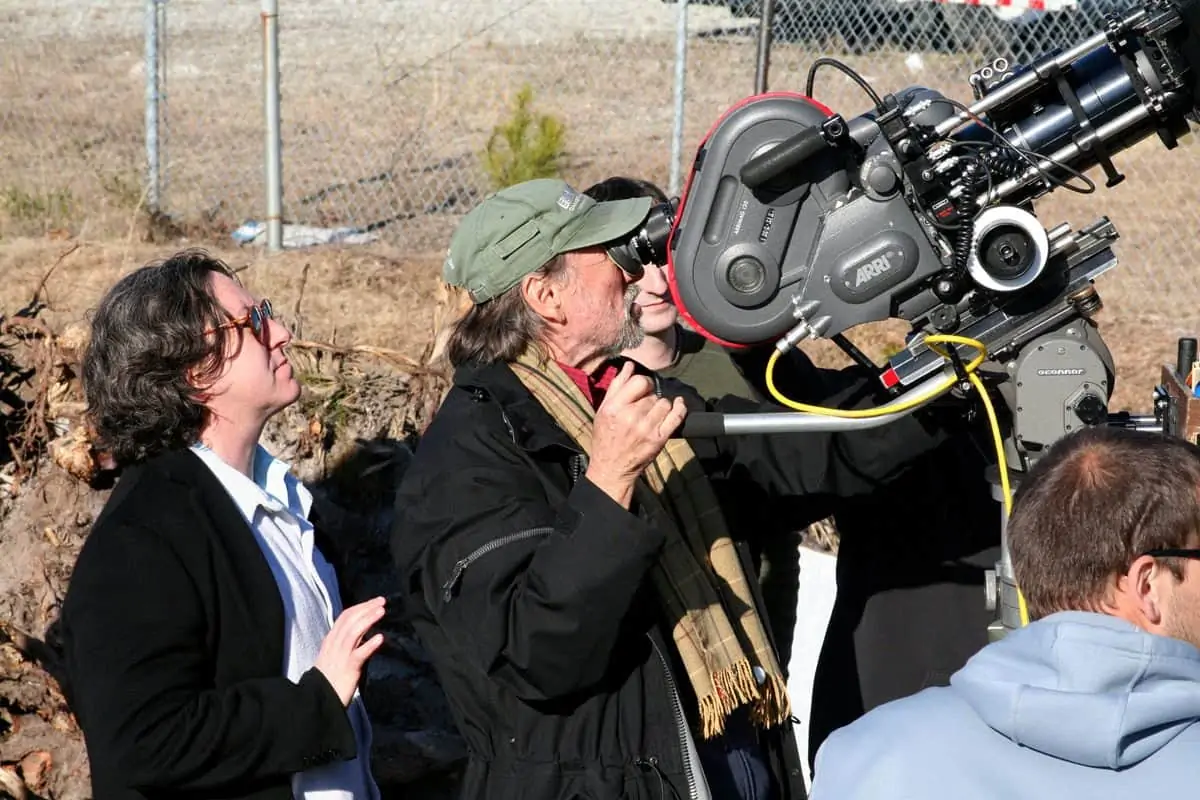Louis Louis
Vilmos Zsigmond ASC / Bolden! & Louis

Louis Louis
Vilmos Zsigmond ASC / Bolden! & Louis
Vilmos Zsigmond ASC has become a legend in his own lifetime. He won an Oscar for Close Encounters Of The Third Kind and other nominations for The Deer Hunter, The River and The Black Dalhia. Zsigmond also won a BAFTA cinematography award for The Deer Hunter and other nominations for McCabe And Mrs Miller and for Close Encounters Of The Third Kind, Deliverance and Images. He was the recipient of Lifetime Achievement Awards by Camerimage in 1997 and the American Society of Cinematographers in 1999.
So what does he do for an encore? Well, Zsigmond began working simultaneously on two films, Bolden! and Louis, on the 50th anniversary of arriving in the United States in 1957 as a political from Hungary. Both are set in New Orleans at the turn of the 20th century. Both films have jazz music themes and actors portraying characters who pioneered that genre.
Bolden! is the story of Buddy Bolden who was the father of rag-time jazz and blues music at the turn of the 20th century. Louis is the story of Louis Armstrong, beginning with his childhood in New Orleans and the evolution of his career as the legendary “Satchmo”.
There is no dialogue in Louis. The images tell the story augmented with music played by Wynton Marsalis and his band. The film earned rave reviews and played to sell-out crowds at initial one-night screenings in five major US cities last year. The music was live, like it was in the days of silent movies. Marsalis subsequently recorded a music track.
The version of Louis, with a music track, premiered in front of an enthusiastic audience of cinematographers from around the world at the 2010 Plus Camerimage Festival. Bolden! and Louis are independent films. The concepts were conceived by first-time director Dan Pritzker, who also co-authored both scripts. It was a work of passion for him.
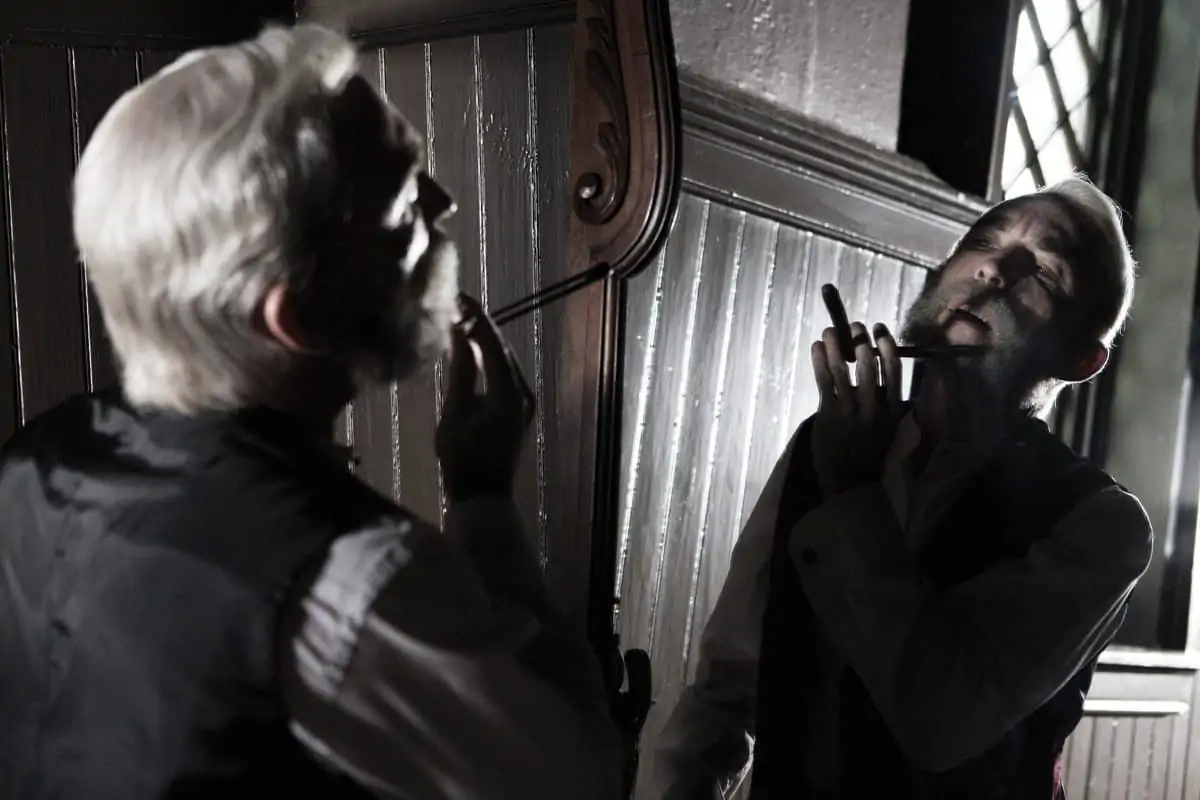
Buddy Bolden was born in 1877. He played a leading role in the birth of jazz music in New Orleans from 1900 until 1907.
“Most of what is known about Buddy Bolden is oral history, which was passed from one generation to the next one,” Pritzker says. “His unique brand of music was improvised from African American Baptist churches. He and his band drew large and enthusiastic crowds in New Orleans from 1900 to 1907. Bolden was an acute alchoholic who was diagnosed as schizophrenic when he was 30 years old. He was buried in a pauper’s grave in 1931.”
Louis Armstrong was born in New Orleans in 1906. He witnessed jazz bands performing on the streets of the city and taught himself to play a clarinet. Armstrong went on to become an iconic jazz musician who was known as Sachmo to his fans.
“I wanted a cinematographer with a classical background, who ideally had shot black and white films,” Pritzker says. “Jon Cornick (producer) spoke with Patty Mack, a top agent. She recommended Vilmos and introduced us to him. I didn’t have to be convinced. I’ve seen Deliverance, Close Encounters, and McCabe And Mrs. Miller. ”
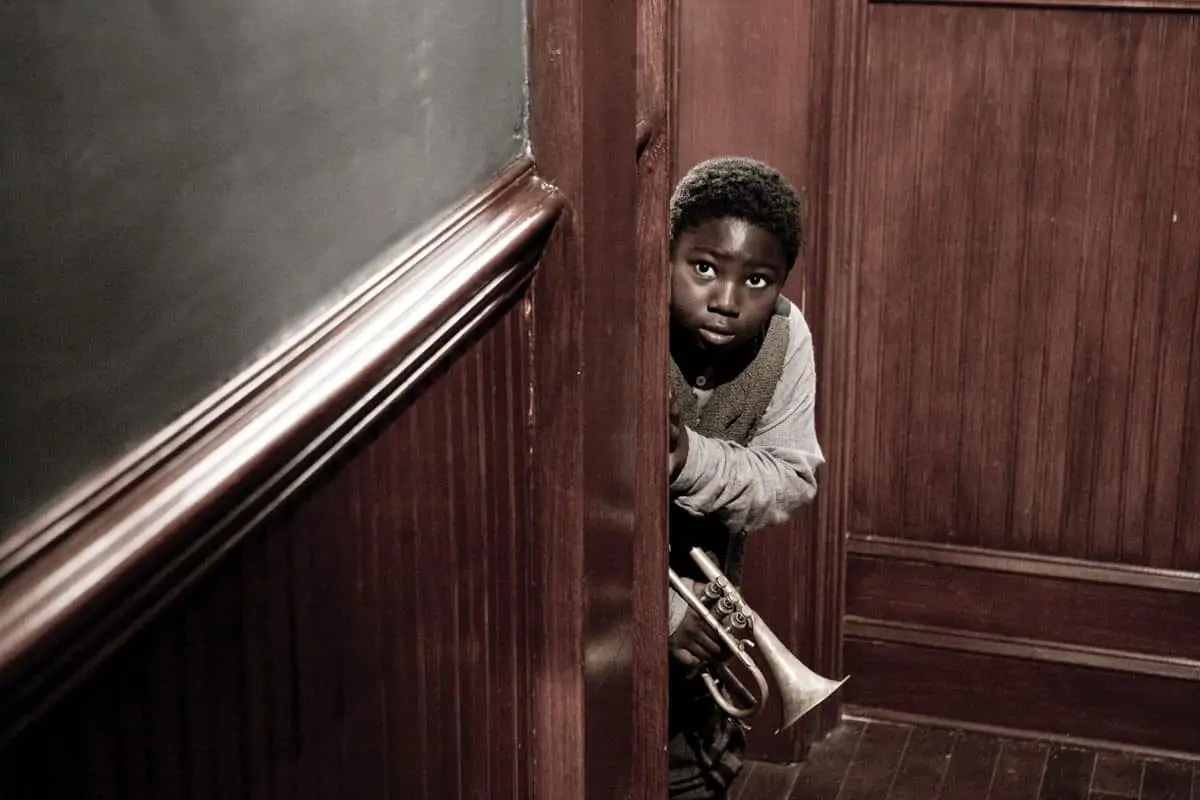
Pritzker and Zsigmond had their first meeting in September, 2006. “ I loved the idea when I first heard about this project,” Zsigmond says. “I remember how impressed I was the first time I met Dan. He is a musician who has had a number of records in the best-selling charts. I could tell he was passionate about the subject and that he is a lover of the arts. Dan told me that Wynton Marsalis, a wonderfully talented jazz musician, was already on the project. He was going to write perform music for both films with his band.
“I had never heard about Buddy Bolden before this project. Louis Armstrong wrote in his memoirs that he learned a lot from Bolden and his music. The sad thing is that there is nothing left of Buddy Bolden’s music today, because there were no records or other recording devices at the time. Wynton Marselles interpreted what Bolden’s music sounded like.”
During their first meetings, Pritzker showed Zsigmond B&W photographs that were taken in New Orleans during the turn of the 20th century. They included pictures of musicians performing on the streets of the city at a time when the South was segregated. Zsigmond and Pritzker discussed the director’s research and his feelings about They decided to shoot on colour film instead, and make it look and feel B&W by desaturating colours and creating a slightly grainy look to visually accent the period.
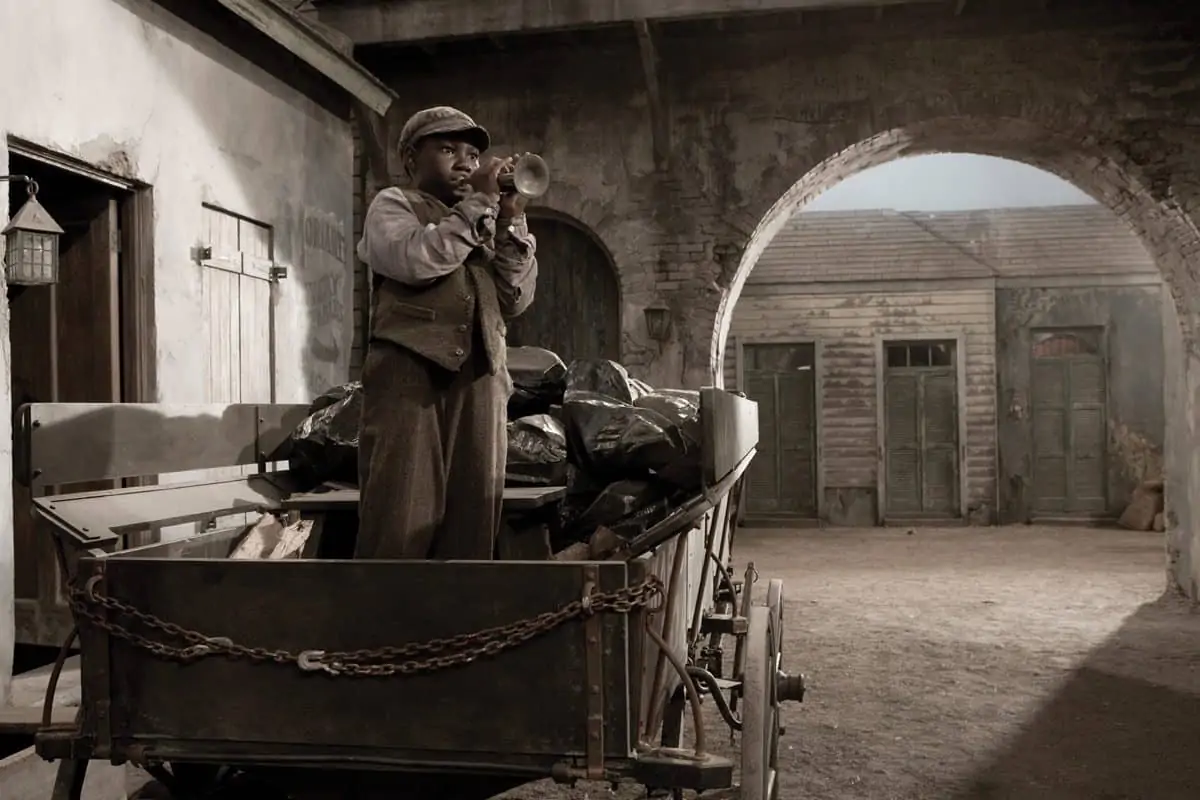
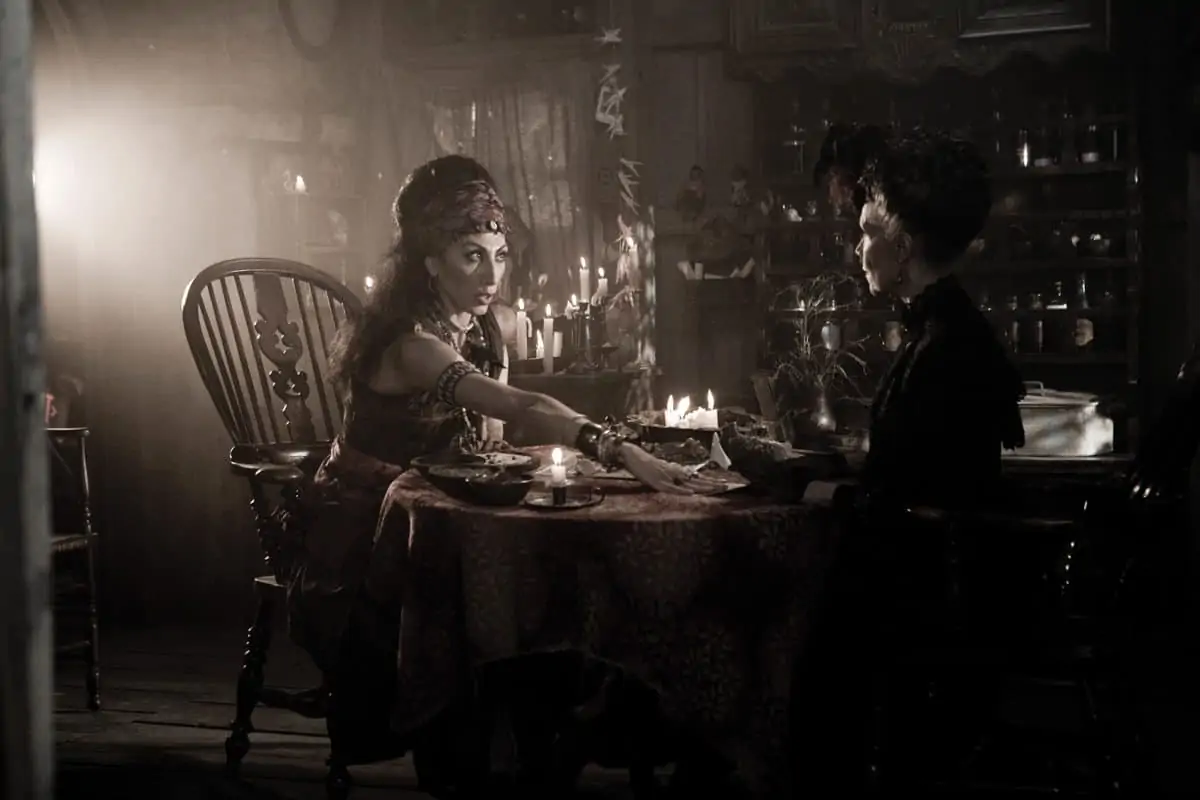
They scouted locations in New Orleans in late November and early December 2006. New Orleans is a different city than it was 100 years ago, so they decided to augment practical locations with period sets built on a stage in Wilmington, North Carolina. Pritzker embraced Zsigmond’s suggestion that they produce both films in Super 35 film format, because the backgrounds are integral parts of both stories.
Panavision provided the camera package including Panaflex Platinum, XL and Gold bodies, and a Panavised ARRI 435 for high-speed shots, along with a range of Primo lenses. They spent about a week filming at practical locations in New Orleans in March, 2007 and moved on to North Carolina where they spent six months shooting on sets.
“We were shooting films that took place around 100 years ago, so we manipulated the images during DI timing to make them grainer and less colourful,” Zsigmond says. “It was the same affect that I got by under-exposing and pushing the film to create a feeling of time and place when I shot McCabe And Mrs. Miller and Deliverance.”
Images were recorded on Kodak Vision 2 5218 500T film. Zsigmond also used Kodak infrared film with a red 25 filter on the camera lens for some flashback scenes. Peter Sorel, a long-time friend and collaborator with Zsigmond was the still photographer. He took digital stills, which Zsigmond manipulated with a personal computer before sending the desaturated images to Bruce Goodman, the dailies timer at LaserPacific, in Los Angeles. Goodman provided dailies in HD format. The dailies were projected on a large screen where Pritzker, Zsigmond and other members of the crew watched them together.
"We were shooting films that took place around 100 years ago, so we manipulated the images during DI timing to make them grainer and less colourful."
- Vilmos Zsigmond ASC
Zsigmond describes Louis as, “A 90 to 95% B&W film with splashes of light blue and red. It looks like the old days when they were tinting some colors. Occasionally, there is a little colour on faces for skin tones. We also did things like undercranking all scenes at 16, 18 and 20fps,” he says. “I originally wanted to use a handcranked camera, but decided against that because there were times when we were shooting with two or three cameras. You can do it automatically with the Panaflex camera. We had a playback system that let us see the difference between 16, 18 and 20fps. It a big and interesting difference.”
Pritzker took Zsigmond’s advice and directed from next to the camera, which kept him in intimate contact with the actors.
“Dan is a musician which influenced his ability for pacing the flow of images in ways that are right for moments in the story,” Zsigmond says. “Anthony Coleman who played Louie as a boy is seven or eight years old. I was amazed by how well he performed. We mostly did three or four takes, and sometimes five or six. We tried to make it like a game for him. We basically shot in a film noir style, playing with light and shadows, and thinking in B&W as I previsualised what we were getting on film. His bright face was full of expression.”
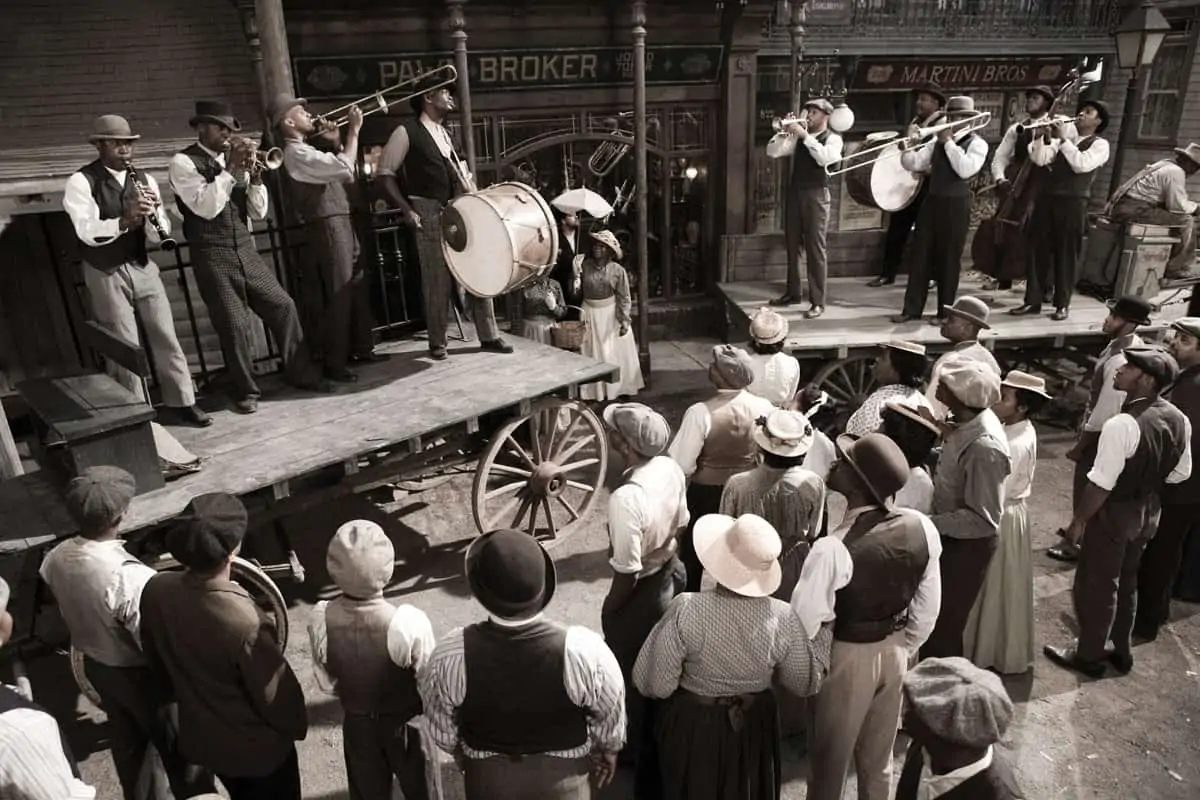
Bolden! was shot on colour filmstocks, but Zsigmond says that he lit it as though he was shooting a blacB&W movie, using light and shadows rather than colours to visually punctuate the story. Anthony Mackie portrays the young Buddy Bolden in both pictures. Dick Gregory plays him in Bolden! as an aging man who has been living in the insane asylum for years.
Additional scenes for Bolden! were filmed in Wilmington in August, 2010. Zsigmond shot those on Kodak Vision 3 5219 500T film, which intercut seamlessly with 5218.
The early part of Bolden! takes place at a time before there were electric lights. Light is motivated by candles, kerosene lamps and a fireplace.
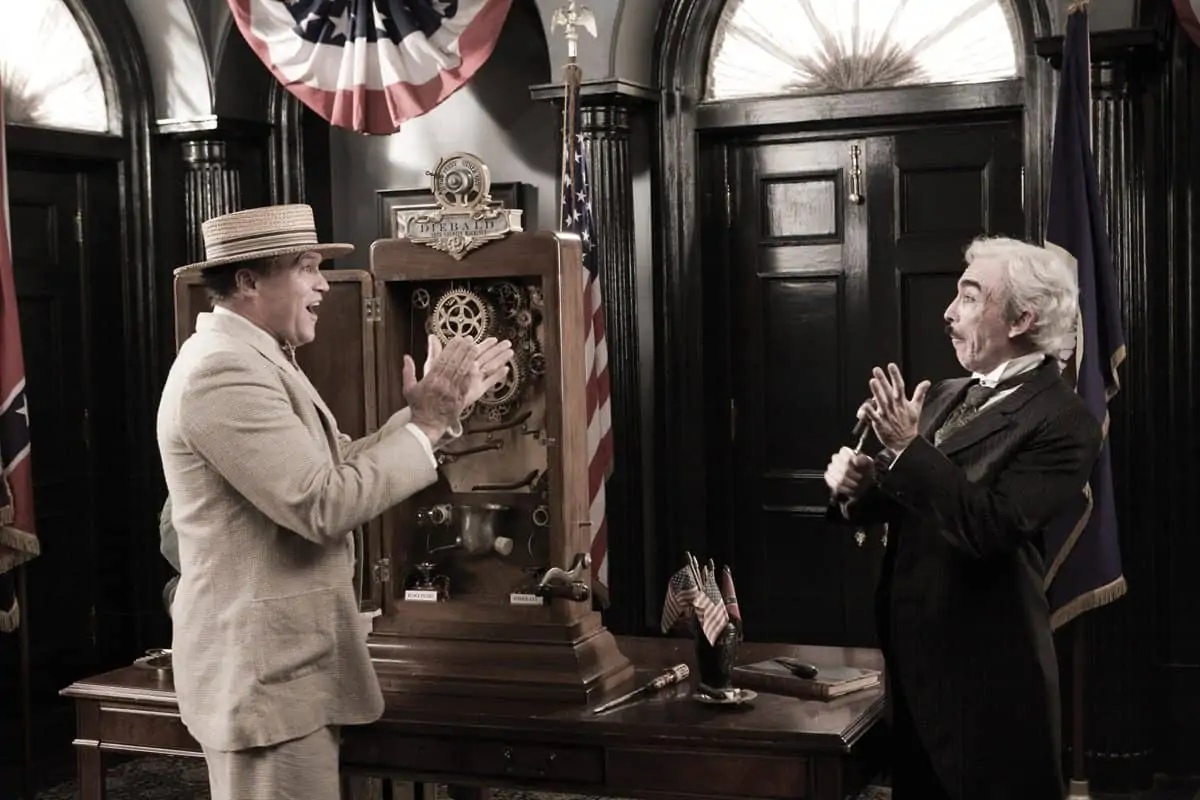
“I grew up in Hungary in a village where there was no electricity,” Zsigmond says. “It was easy for me to remember that look and create flickering light.” Gaffer Robert Jason created that effect by using a row of lights and a flicker generator.
“There are scenes where Bolden is in the insane asylum fantasising about his past. A five-minute Steadicam shot takes the audience on a tour through his house and introduces the audience to members of his family. Dan decided that his fantasies should be more about music. When he remembers ladies in his life, they are dancing to his music.”
There are scenes in the insane asylum where Bolden is having flashback visions that seem to be projected on the walls of his room. Zsigmond shot those scenes by circling half of the room with a greenscreen lit with Kino Flos from above and a row of lights below.
Near the end of the film there is a Steadicam shot that follows a nurse walking through a hallway. She notices water flowing under Bolden’s door. The nurse opens the door revealing that he is sitting on the floor holding a broken piece of rusted pipe. Water is spewing everywhere. That scene transitions to a flashback of Bolden in his prime playing the cornet. Louis and Bolden! are both slated for release in 2011.



